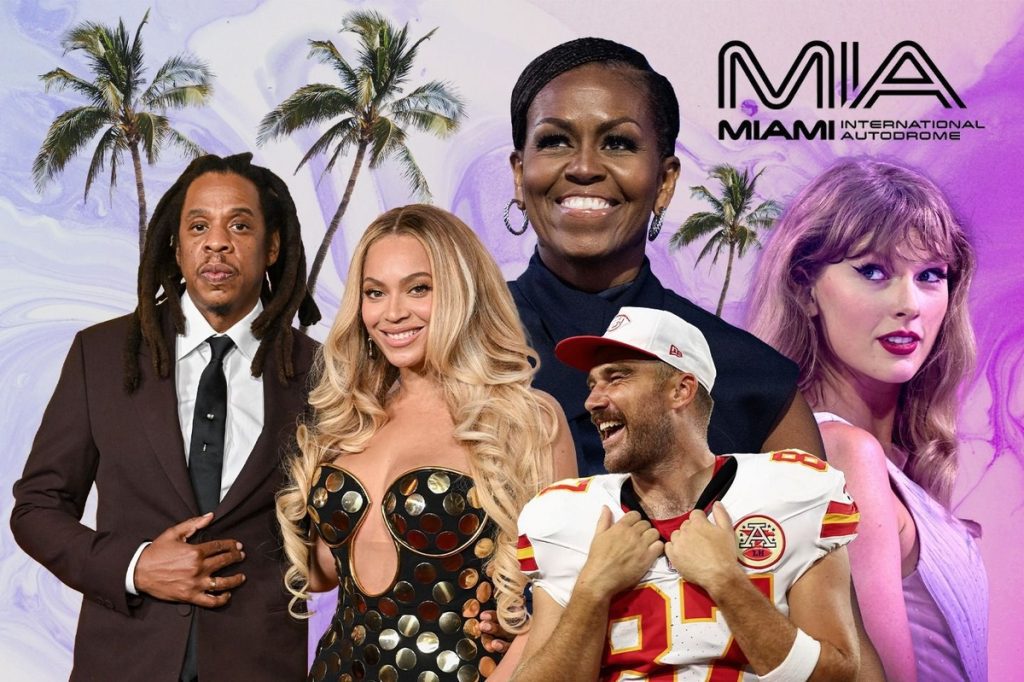Miami Grand Prix: From Skepticism to Success
When the Miami Grand Prix was introduced to the Formula 1 schedule with a decade-long agreement, many F1 traditionalists expressed doubts. This race epitomized the luxury and spectacle they had been wary of, particularly in an American context. However, Miami quickly established its reputation as a premier event due not only to exciting races but also its ability to attract fans. Central to this success is Hard Rock Stadium, which has transitioned from a typical NFL venue to a year-round site for significant global events, with F1 playing a crucial role in this evolution.
Creating Unique Experiences
Tyler Epp, President of the Miami Grand Prix, remarked, “No one needs this … but we’re in the business of memory making.” During a conversation at a Dolphins home game, he highlighted the luxurious experiences surrounding events at the stadium. This includes a VIP Members Lounge that transforms into the prestigious F1 Paddock Club each May. Epp emphasized the necessity for Miami to offer exceptional experiences to stay competitive, especially with two other races taking place in the U.S.
The Role of the Dolphins Organization
Epp attributes a significant part of the Miami Grand Prix’s early accomplishments to the Dolphins’ organization, which has nearly four decades of experience in hosting NFL games. He explained, “When we started this three years ago, we were already halfway there,” thanks to a strong marketing and sales team. Nonetheless, building grandstands and hospitality locations posed challenges, particularly ensuring the venue didn’t resemble a standard parking lot, in line with the vision shared by Dolphins’ CEO Tom Garfinkel from the beginning.
Collaboration Between Sports Entities
The collaboration between the football and F1 teams has resulted in a unified operation, adopting logistical strategies from racing into Dolphins game day protocols. “We’ve become a year-round mega events business,” Epp noted. Planning for the Grand Prix layout begins in August of the previous year and is finalized by December. Flexibility is paramount, as they must always prepare for the possibility of a Dolphins playoff game the same weekend.
Celebrity Guests and Security Challenges
Handling high-profile guests adds another layer of complexity. The process requires careful coordination to ensure alignment with F1’s management and the expectations from guests like Taylor Swift. Epp shared that VIP experiences extend even to designated express lanes for celebrities arriving at the race. Balancing different celebrity preferences, from those seeking privacy to those who want to make a public appearance, further exemplifies the meticulous planning involved in managing attendees.
Lessons from High-Profile Visits
Security presents an ongoing challenge, particularly when celebrities like Donald Trump attend events. Epp shared insights about the enhanced measures taken for Trump’s visit, which included extensive planning by the Secret Service. He acknowledged the difficulties in maneuvering security given the secrecy and intricacies of stadium layout. Epp expressed a commitment to ensuring all guests receive tailored experiences, regardless of their public stature, emphasizing their ability to execute these plans efficiently.
Transforming Hard Rock Stadium
As the Miami Grand Prix continues to grow, Hard Rock Stadium is becoming more than just an F1 venue for one week of the year. Epp described the potential for the facilities, noting that after F1, the garages can be converted for other events and the Paddock Club will function as a lounge for Dolphins fans. The focus remains on creating enduring experiences, ensuring that every visitor, whether a loyal fan or a high-net-worth individual, leaves with lasting memories. “We’re in the memory-making business,” Epp concluded, committing to fostering environments that yield unforgettable moments for all attendees.



